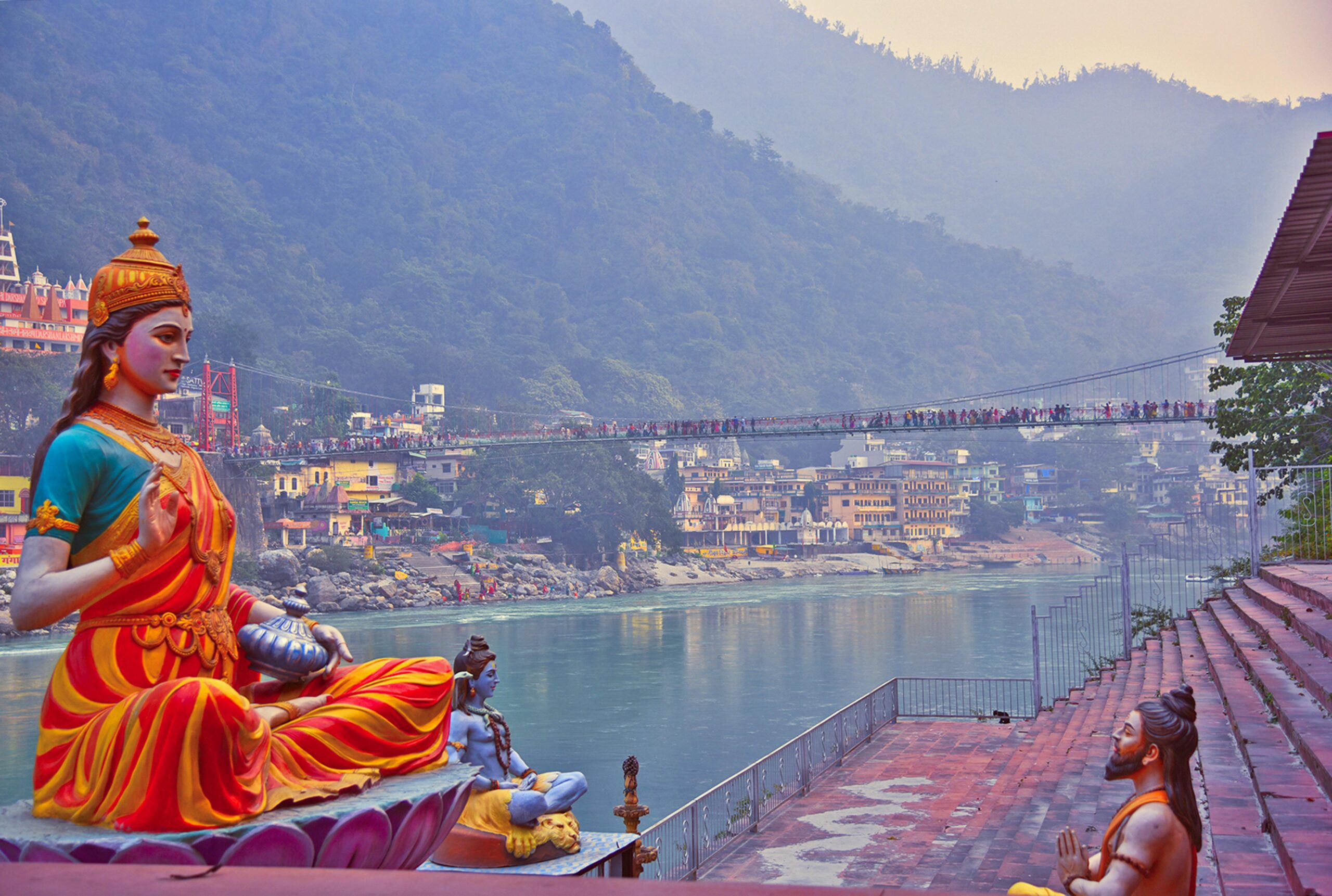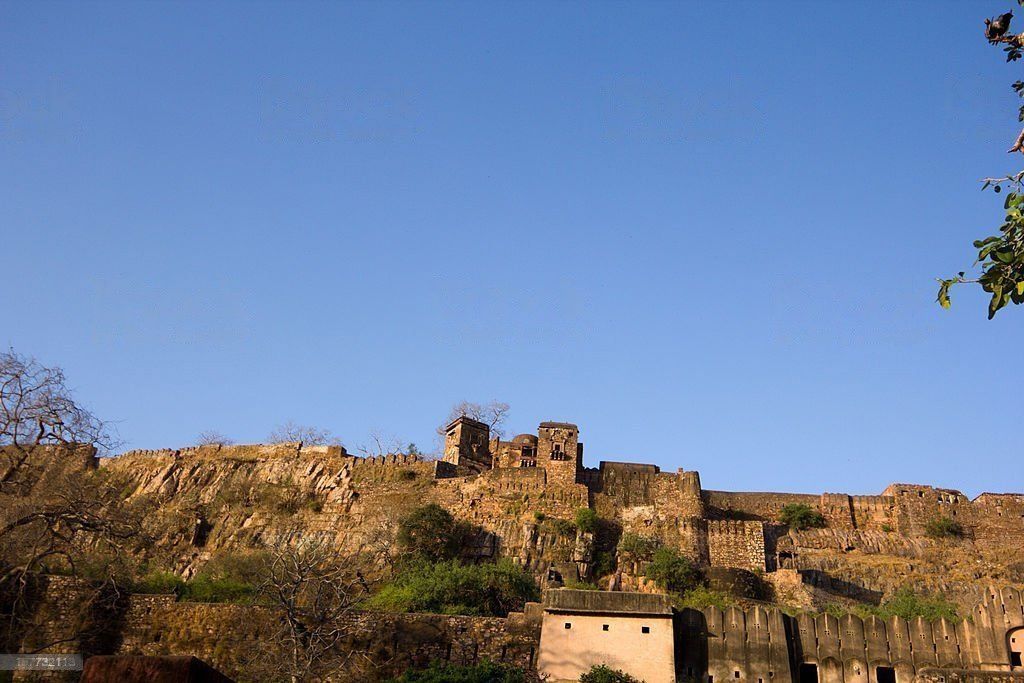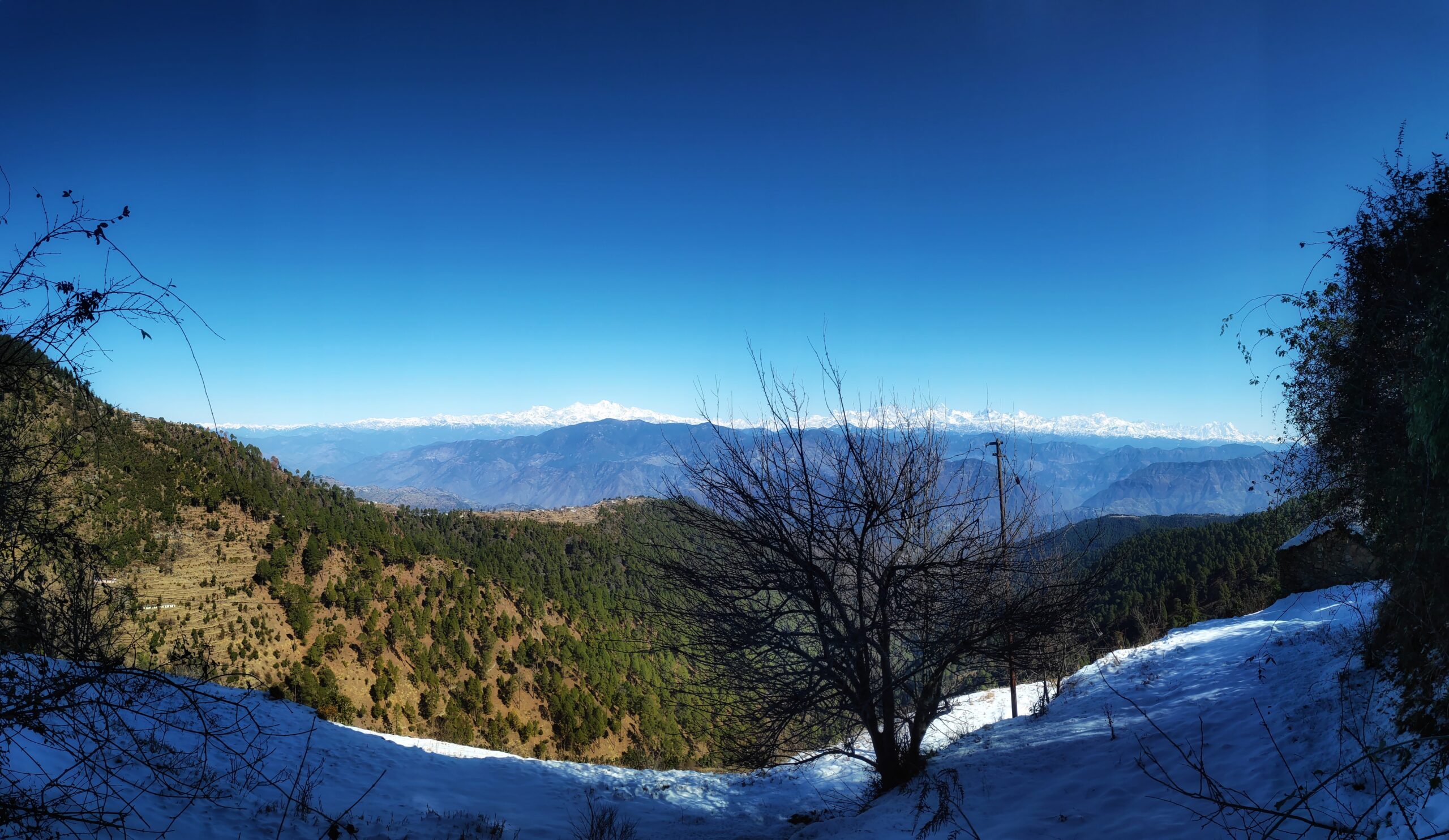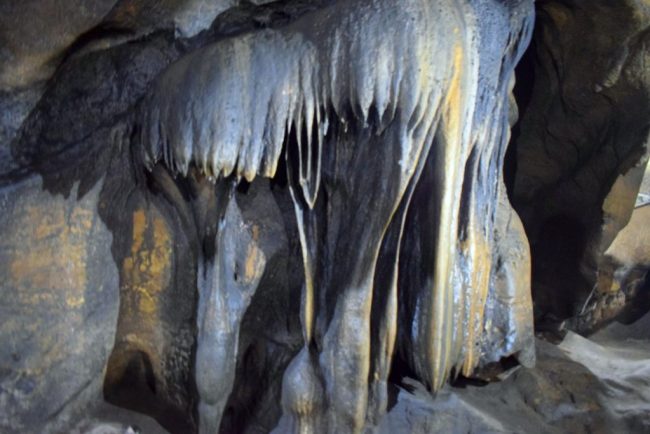
The Secret Inside the Patal Bhuvaneshwar
This is the second part of the Patal Bhuvaneshwar blog. You can find the first part on the website.
One of the Kumaon region’s most interesting sites, Patal Bhuvaneshwar is a limestone cave temple located 14 kilometres from Gangolihat in the Pithoragarh district of Uttarakhand. A narrow, congested tunnel leads to the Patal Bhuvaneshwar cave. In addition to Lord Shiva, Patal Bhuvaneshwar also features the images of Sheshnag, Kal Bhiarav, Ganesha, and several more deities. It is said that 33 Koti (Type) Gods and Goddesses reside in the cave. To enter its inner depths, one must descend around 82 stairs. To make it easier to access, supporting chains have been put around the inner walls. This also lessens the chance of unintentional slips. The public can only access a small area of the Patal Bhuvaneshwar Temple.
Sheshnag, Airavat & Lord Shiva’s Kamandal: One eventually arrives at the idol of Sheshnag at its base after a combination of cramming into, crawling through, and worming one’s way there. On his hoods is an image of Sheshnag holding earth. In addition, there are pictures of Lord Shiva’s Kamandal and the heavenly Airavat elephant.
Lord Narasimha: In addition, there is a Lord Narasimha deity situated in the space between the stairways.
Hawan Kund: At the start of the cave trek, there is also a Hawan kund. It is believed that this is the location of a yajna performed by King Janamejaya, the son of King Parikshit.
Lord Ganesha: As one progresses, they witness the beautiful nectar of Amrita dripping from the sacred Brahmakamal onto the loving Lord Ganesha’s head. According to legend, Maa Parvati asked her son, Lord Ganesha, to protect the spot where she was bathing after he was born from her ubtan (mixture of turmeric and herbs).
Amarnath, Badrinath and Kedarnath: As you proceed, Amarnath, Badrinath, and Kedarnath idols will bless you. This serves as a reminder that visiting Patal Bhuvaneshwar is similar to visiting each of these revered holy sites.
Kalabhairava and Brahmaloka: You can locate a statue of Kalabhairava that has his mouth open and his tongue sticking out. The entire confined path is seen as a representation of the route to Brahmaloka. To get moksha, the ultimate objective of existence, a soul must first pass through.
Lord Shiva: The portrait of Lord Shiva seated on a mighty lion while sporting a garland made of skulls is found next. He is standing before Kalabhairava, which is extremely symbolic of his function as the Destroyer of the cosmos.
Four Doors: The next stop on this journey is a row of four doors. It is stated that each of the four doors represents a different quality. Randwar, Paapdwar, Dharamdwar, and Mokshdwar are the names of the doorways. Currently, only two of the four are open. Right after the passing of Ravana and the conclusion of the Battle of Kurukshetra, respectively, the portals to sin and war, Paapdwar and Randwar, were shut. According to predictions, the third would begin at the conclusion of the Kali Yuga, while the fourth would be the only one that would be operational during the next Satyug era.
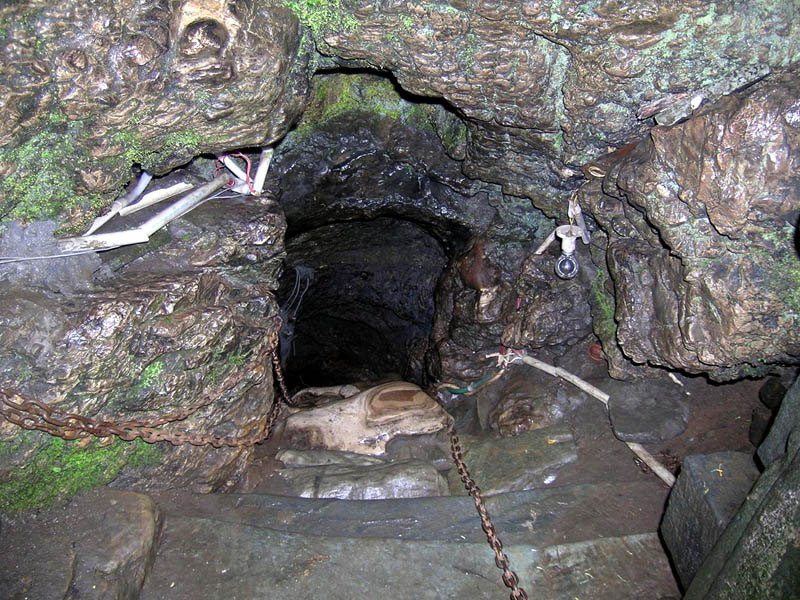
Parijata Tree: Inside Patal Bhuvaneshwar Cave, there is a platform with a picture of the holy Parijata tree on it. It is said that Sri Krishna delivered the lovely plant directly from the heaven.
Sites Related to Hanuman, Ahiravan, Markandeva Rishi & Pitru Tarpan: One comes at the location of Hanuman and Ahiravan’s battle. Additionally, there is a location where Markandeya Rishi is credited with writing the Markandeya Purana. This trail continues on to the holy location where “Pitru Tarpan” is conducted. At the exact location, there is a representation of the celestial cow Kamdhenu bathing Brahma Kapal in her milk.
Seven Ponds: A swan’s head is turned in a picture of Seven Ponds. Legend has it that a swan assigned to watch over ponds drank all the water, causing Lord Brahma to curse the bird and cause its head to spin. When Shiva’s matted hair starts to flow with the glorious Ganga, all the gods and goddesses bow in submission.
Narmadeshwar Mahadev & Saptarshi: The Shivalinga of Narmadeshwar Mahadev and Nandi are at the heart of this ethereally mystical cave. As one travels deeper, one also encounters images of the Milky Way galaxy and Saptarshi constellation.
Innermost Sacred Chamber: The Garbhagriha is the Cave’s deepest hallowed room. Three Shiva lingas may be found in this area. From the copper plates that are placed above, water drops alternately fall upon each Shivlinga. Adi Shankaracharya was the one who initially introduced copper plates. It is said that doing worship at Sani Pradosham will provide tranquilly to one’s ancestors going back twenty-one generations.
Koteshwar Mahadev: The image of Koteshwar Mahadev is seen after the Garbhagriha. This shape is rather intimidating, with open locks and snakes dangling from the neck. One discovers a supposed entrance to paradise. Pandavas and Shiv-Parvati, the holy pair, are shown in this image.
Four Shiva Lingams: There are four Shiva lingams to be located on a different route back. According to legend, each linga represents a different Yuga. Interesting to notice is that the Kali Yuga Shivlinga is the biggest of the four.
This marks the conclusion of a spiritual journey blessed by Hindu deities.
Thank You for Visiting Our Website “Fact Houses” (facthouses.com)

